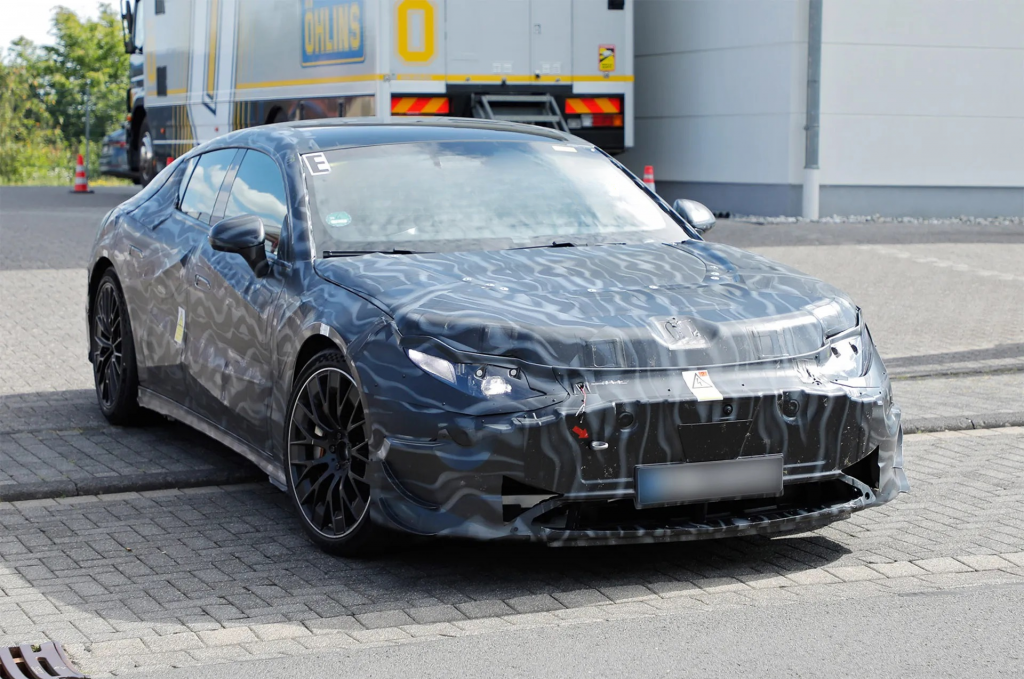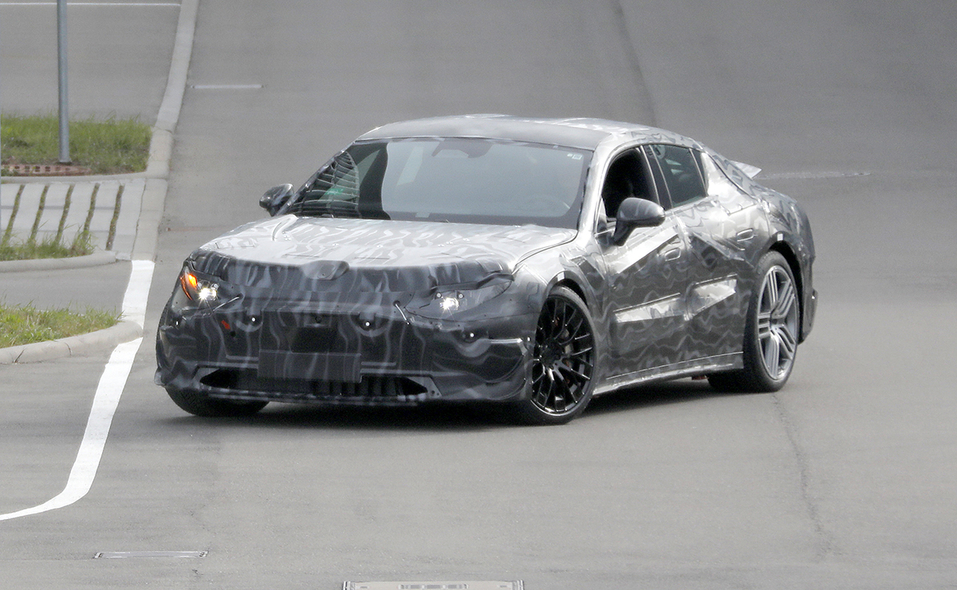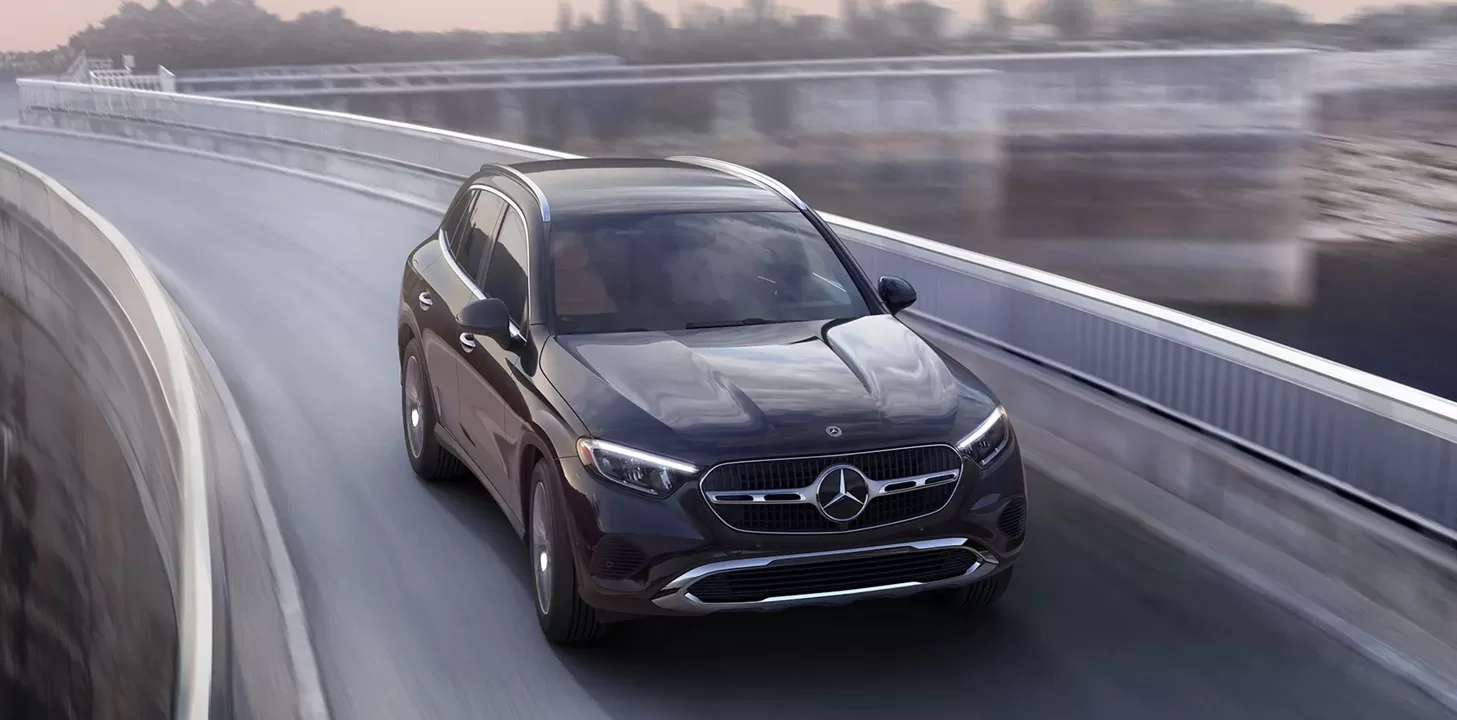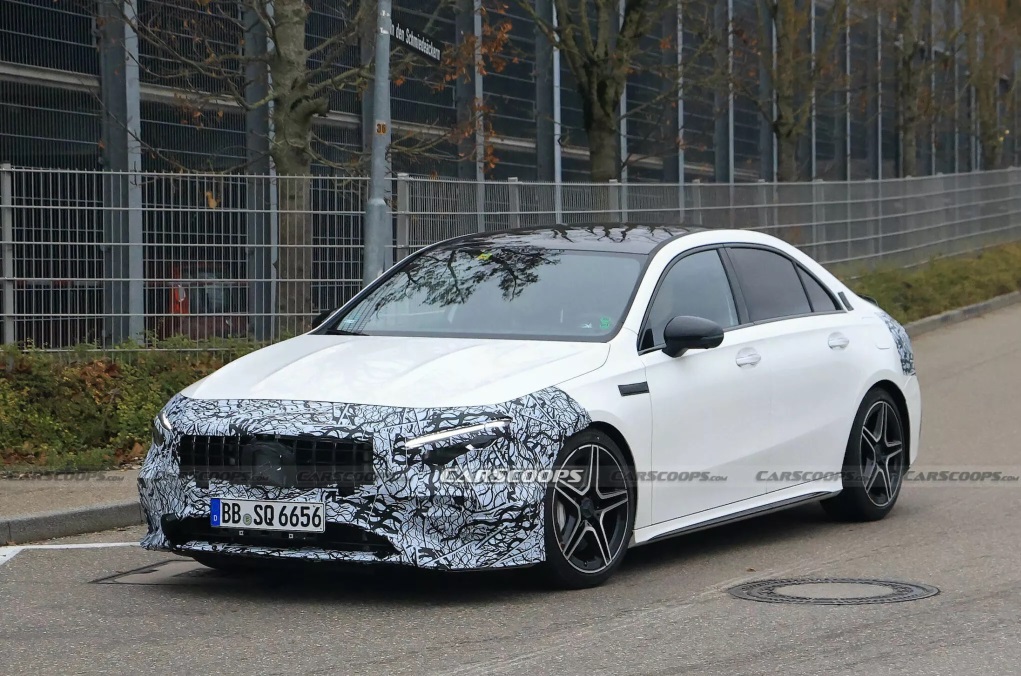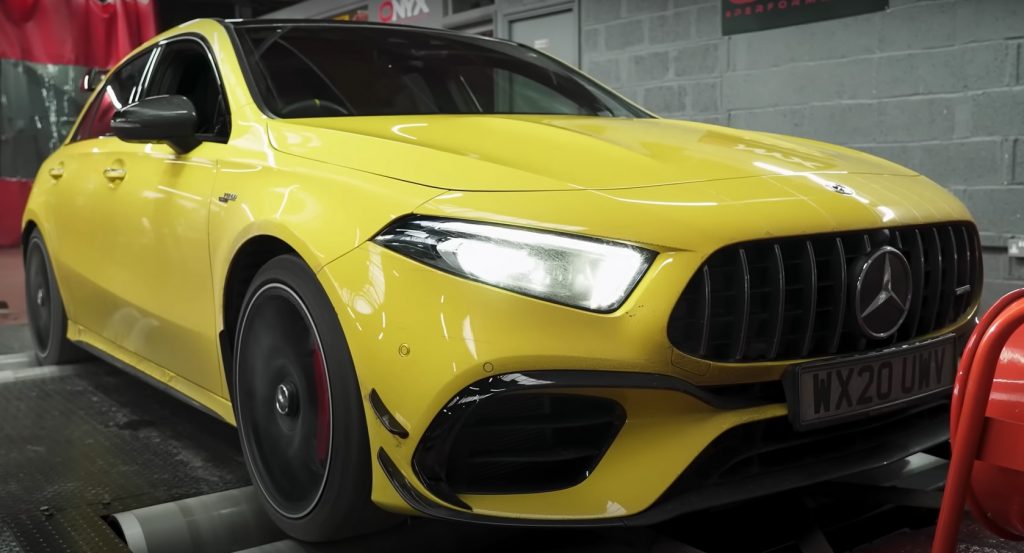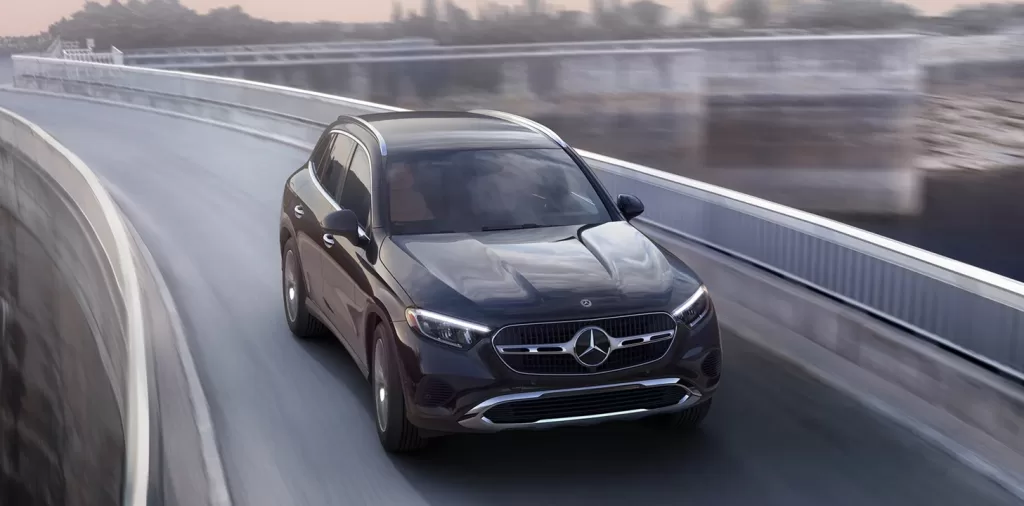
Many drivers have experienced it when towing a caravan: a gust of wind, a change of lane, or leaving the protecting slipstream of another vehicle when overtaking sets the caravan in oscillation. A snaking trailer can rapidly upset any towing vehicle/trailer combination. The oscillations can increase, reaching a critical level at which the whole combination can skid. The Viano and Vito now feature ESP trailer stabilisation, which stabilises the vehicle/trailer combination by reducing dangerous sinusoidal oscillations through automatic brake actuation.
Brake actuation against sinusoidal oscillations
The ESP® trailer stabilisation function is an additional function of the Electronic Stability Program (ESP®) whose sensors it uses. With the help of the yaw rate sensor it detects movement about the vehicle’s vertical axis and initiates countermeasures by means of active braking interventions. Neither the trailer nor the trailer coupling require any additional sensor system.
This is the way ESP® trailer stabilisation proceeds: if a snaking movement is detected, the front-axle wheels are braked, and at the same time engine torque is reduced. In the course of several consecutive actuations the threshold is extended more and more so that the necessary brake actuation is correspondingly stronger. These stronger brake actuations lead to a significant reduction in speed. This makes drivers aware of the trailer swaying, and they are also warned that they have been driving in a critical speed range too frequently.
Thanks to its sensitive mode of operation, the ESP® trailer stabilisation function counteracts critical sinusoidal oscillations right from the outset and can thus often eliminate them completely through gentle regulating interventions on the front axle – making for a pronounced increase in safety and comfort. The ESP® warning lamp on the instrument panel informs the driver that a regulating intervention is taking place.
ESP® trailer stabilisation recognises the trailer as soon as it is hitched up
ESP® trailer stabilisation detects the trailer when its electrical connector is plugged into the socket of the towing vehicle. This mode of operation is independent of the trailer used, and even small trailers are recognised.
In order for the trailer stabilisation to function correctly it is important that if the trailer starts to snake the driver of the towing vehicle keeps the steering wheel straight and does not try to countersteer to correct the movement caused by the oscillations. This is because, in a similar manner to ESP®, the ESP® trailer stabilisation function compares the actual curve driven with the curve requested by the driver’s steering input. If there is a discrepancy, the electronics will intervene to put the vehicle/trailer combination back on course.
ESP® trailer stabilisation operates within the limits of physical possibilities and does not relieve drivers of their responsibility for the vehicle/trailer combination. If it is being driven much too fast, the forces acting on it may exceed the technical possibilities of intervention. ESP® trailer stabilisation cannot compensate for the small bouncing movements of a small trailer being towed at a speed which is significantly too high, nor can it prevent a trailer from overturning if it is loaded too high or its load is badly distributed.
Standard equipment in combination with trailer coupling
ESP® trailer stabilisation is standard for all Viano and Vito vehicles with a trailer coupling and with fittings for a trailer coupling. For Viano and Vito vehicles with 4MATIC all-wheel drive, ESP® trailer stabilisation is always part of the standard specification.




